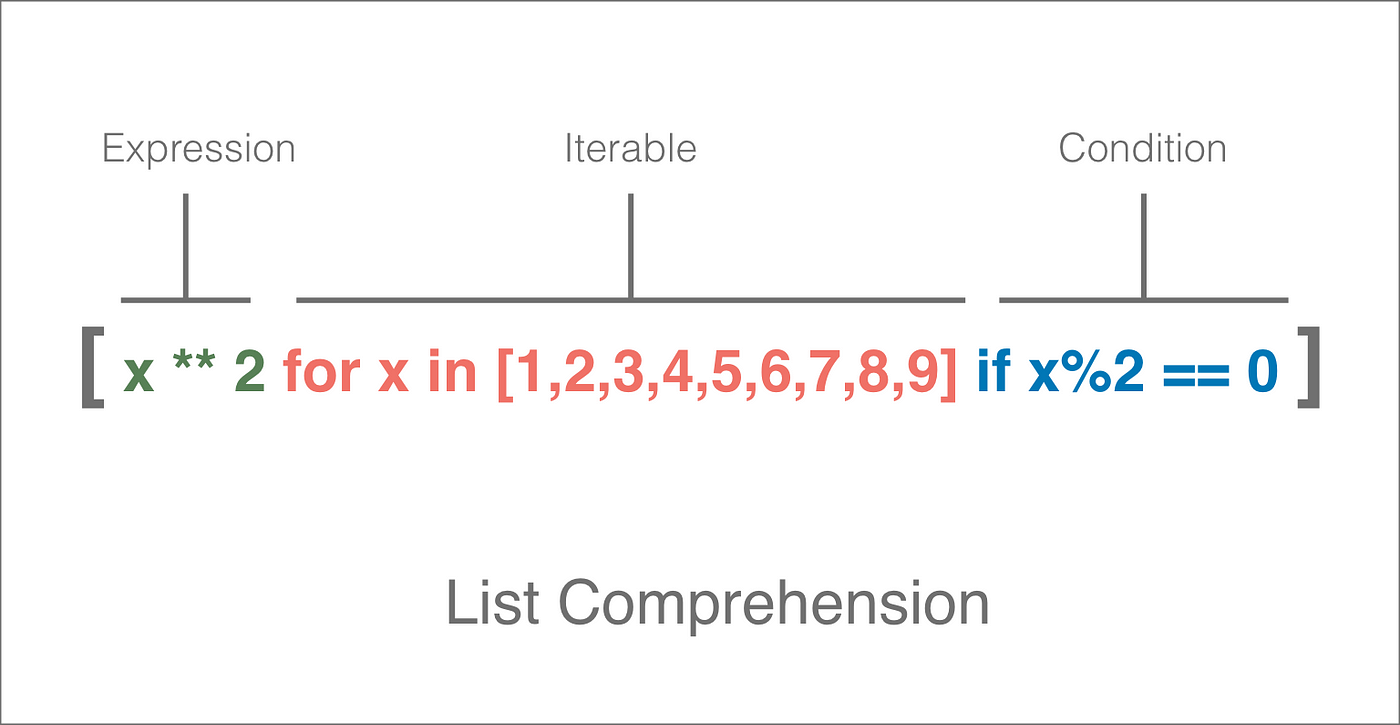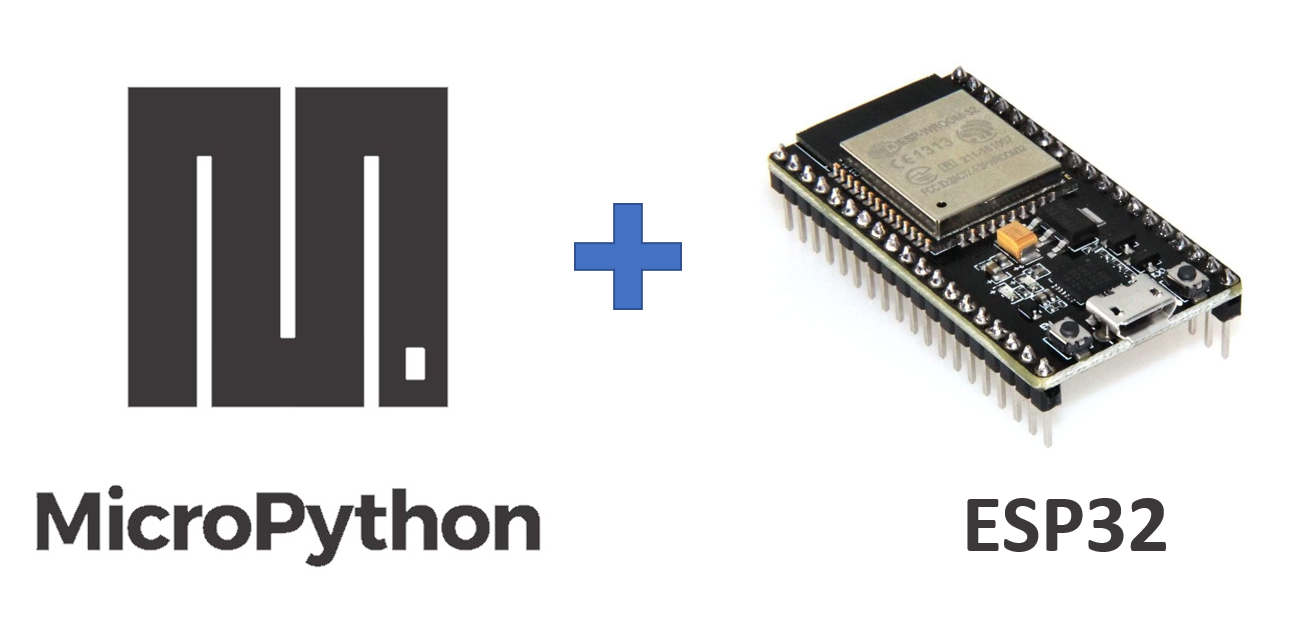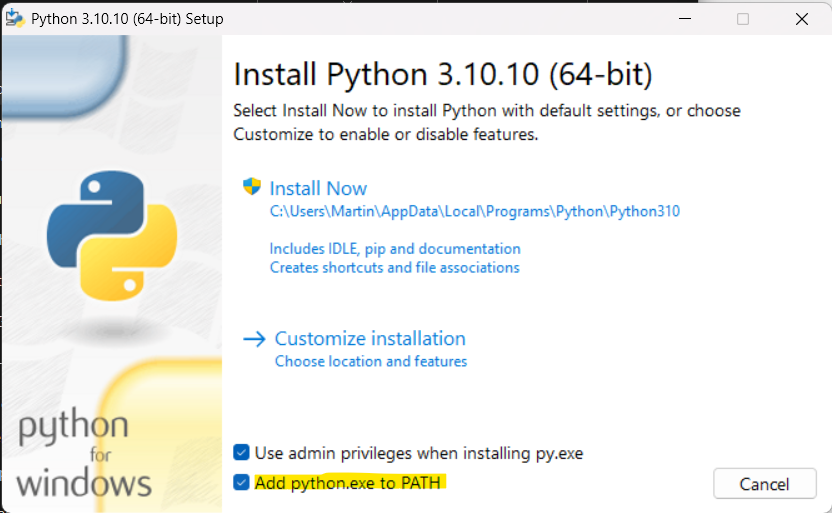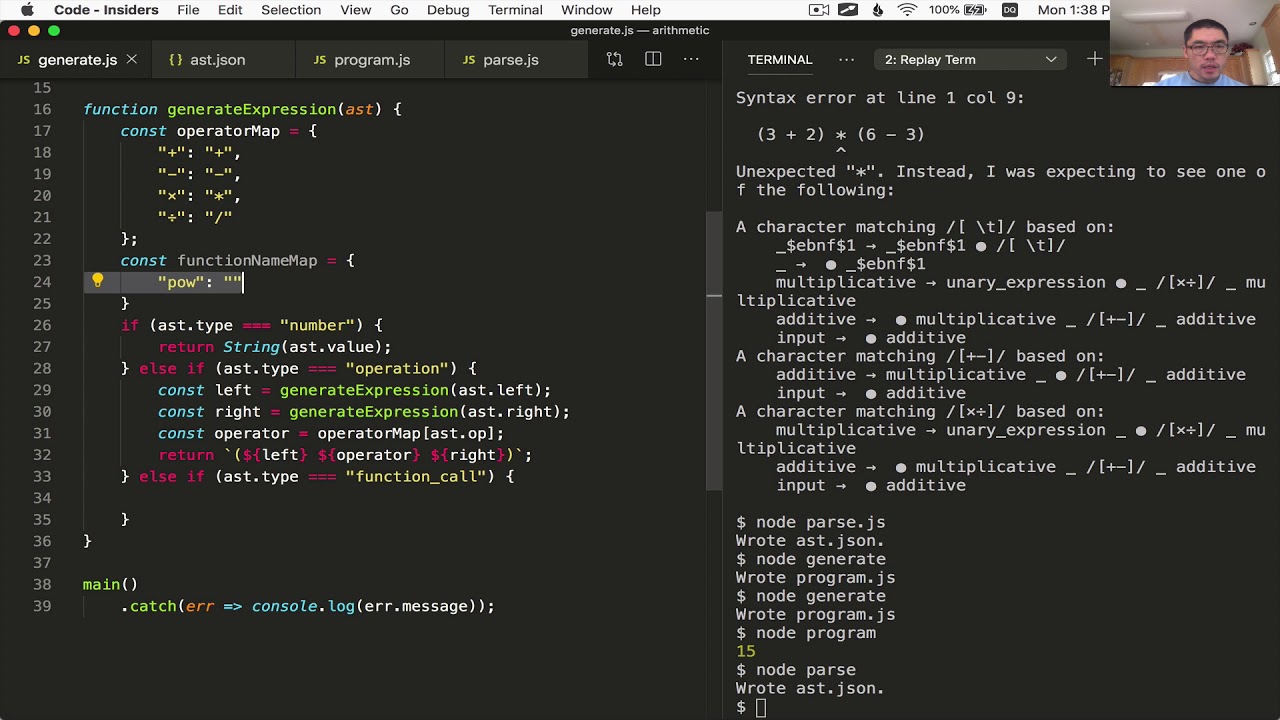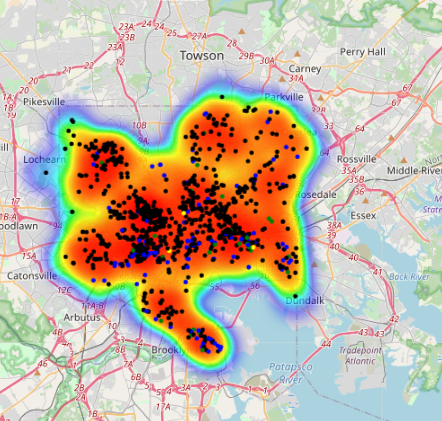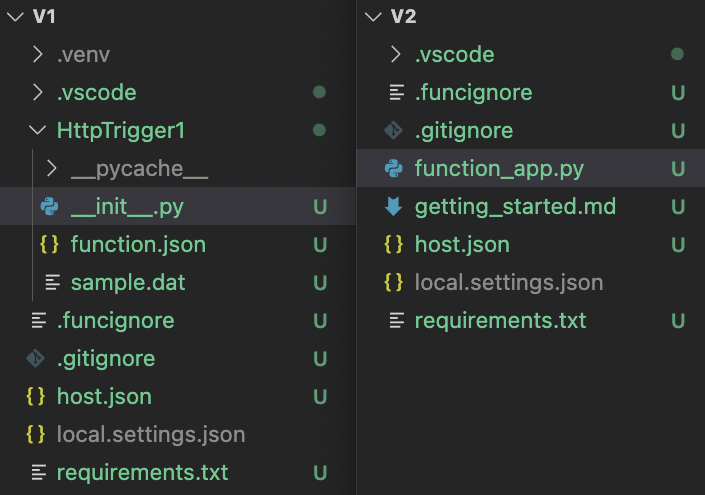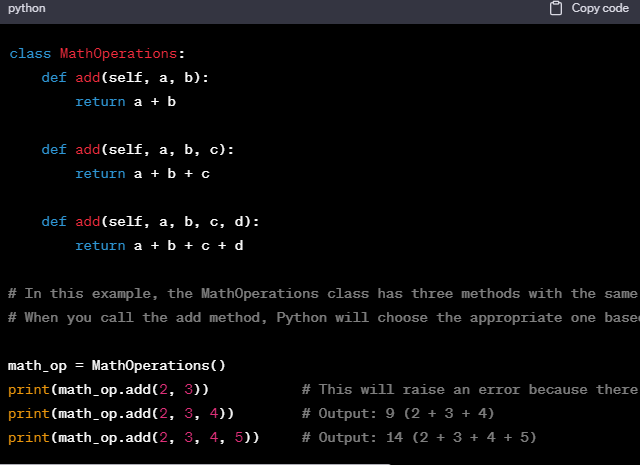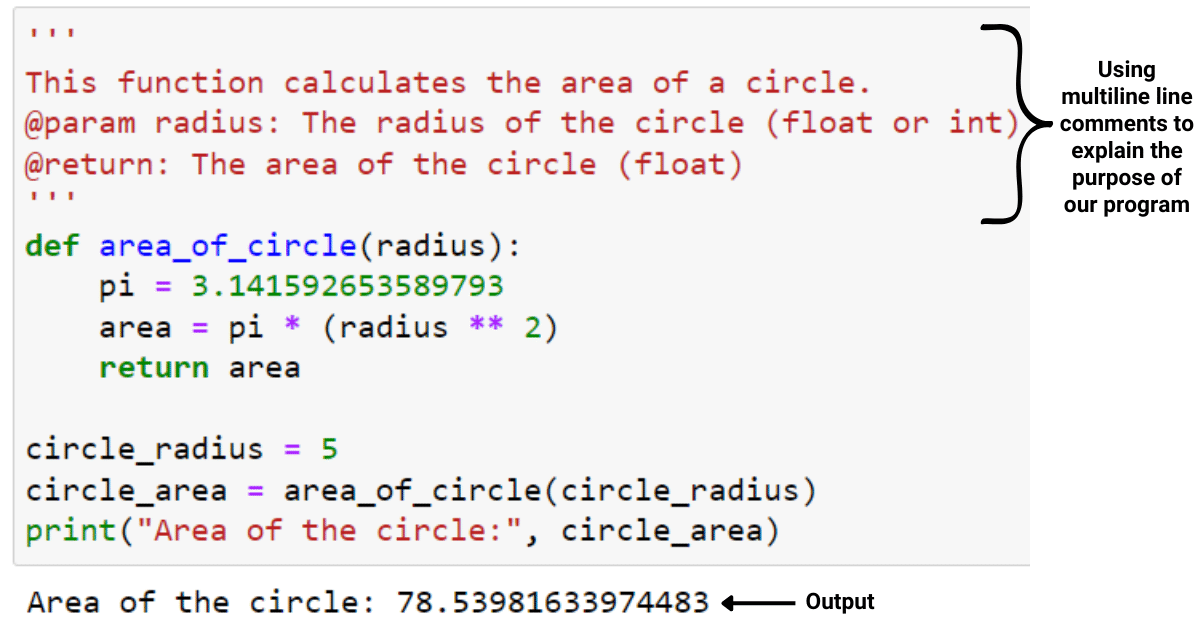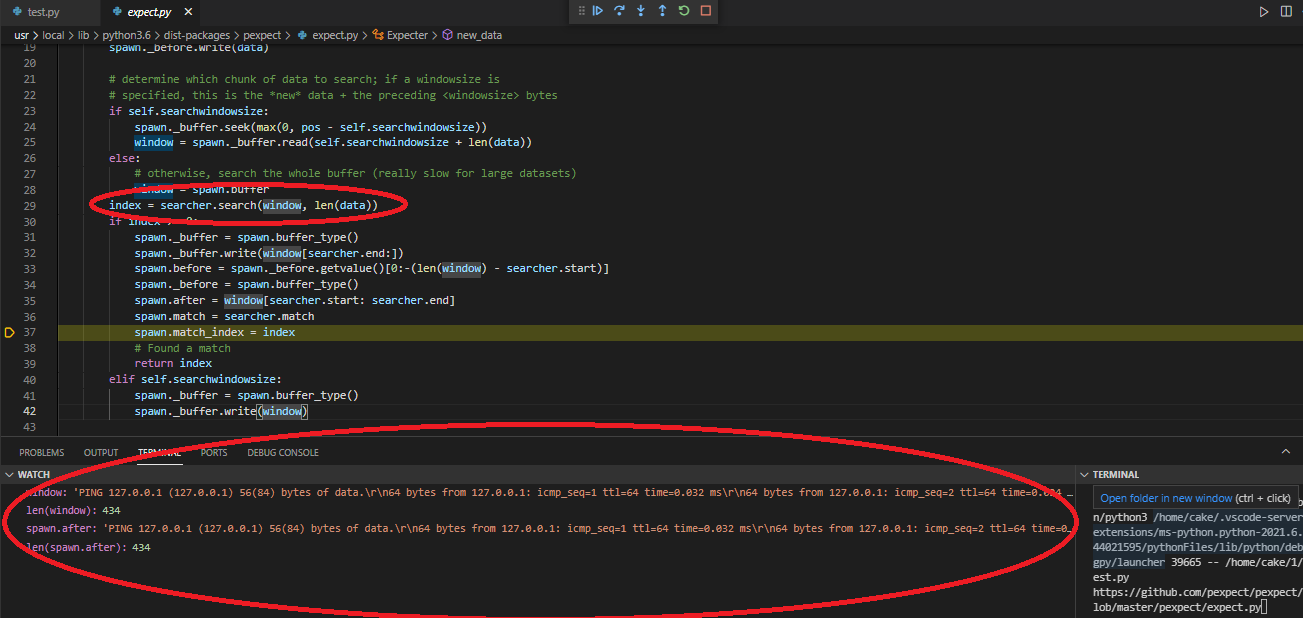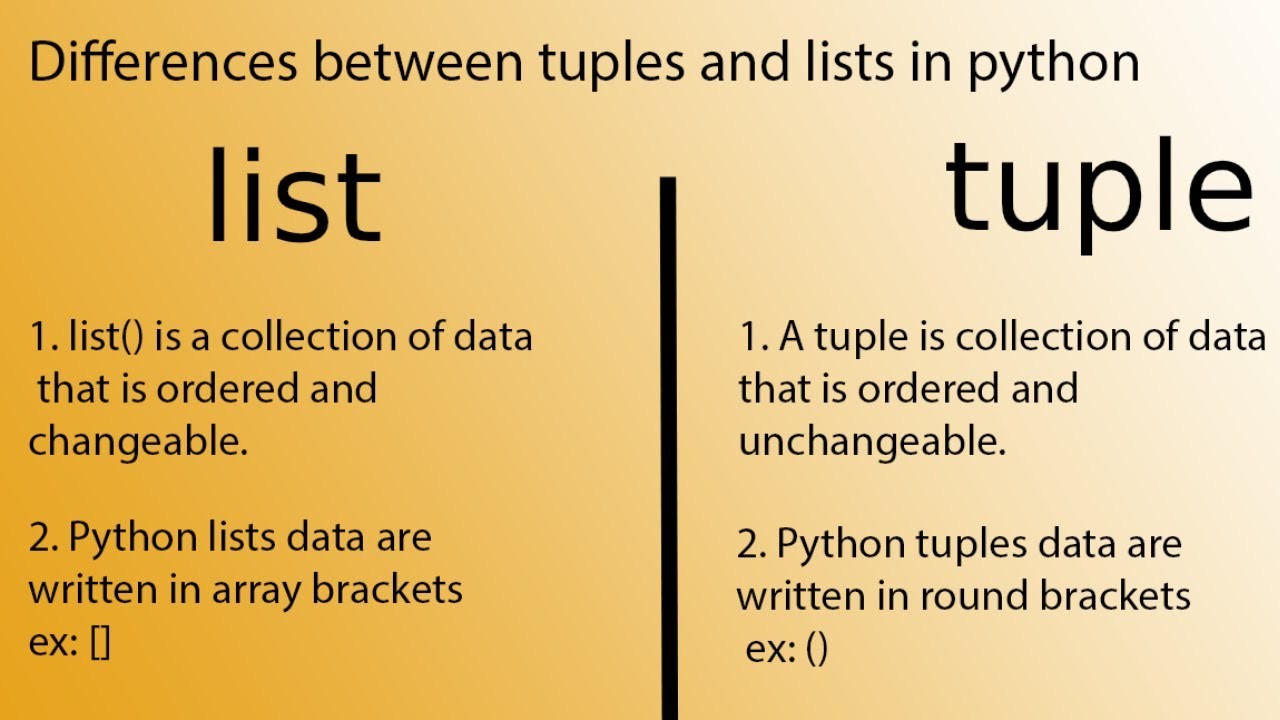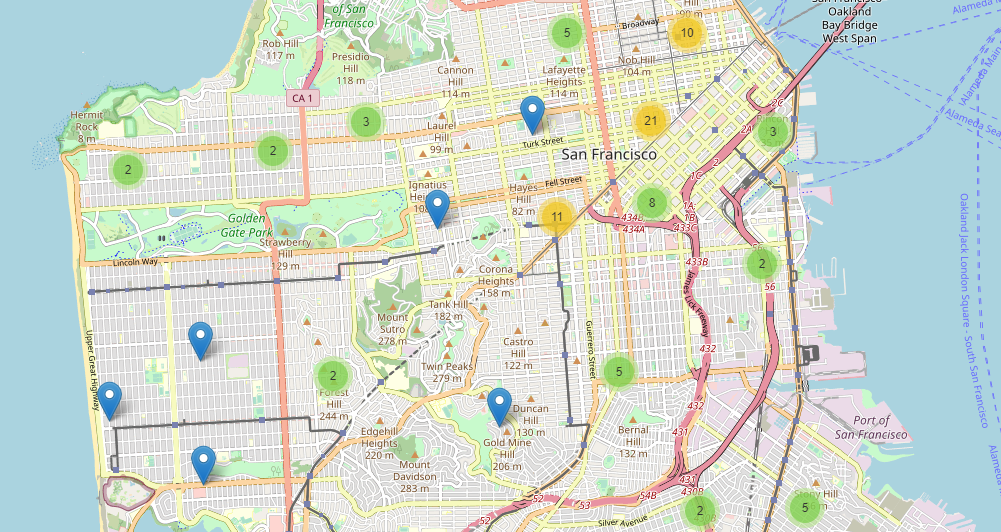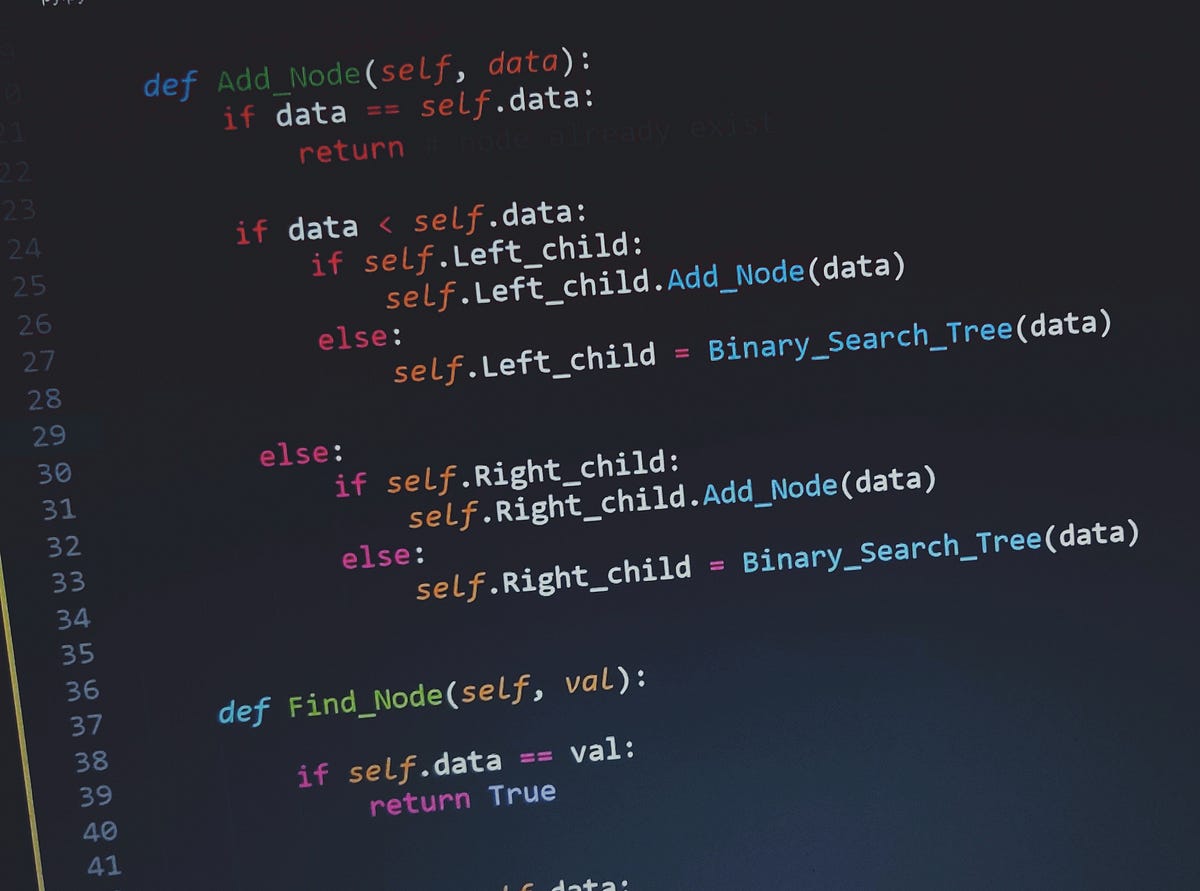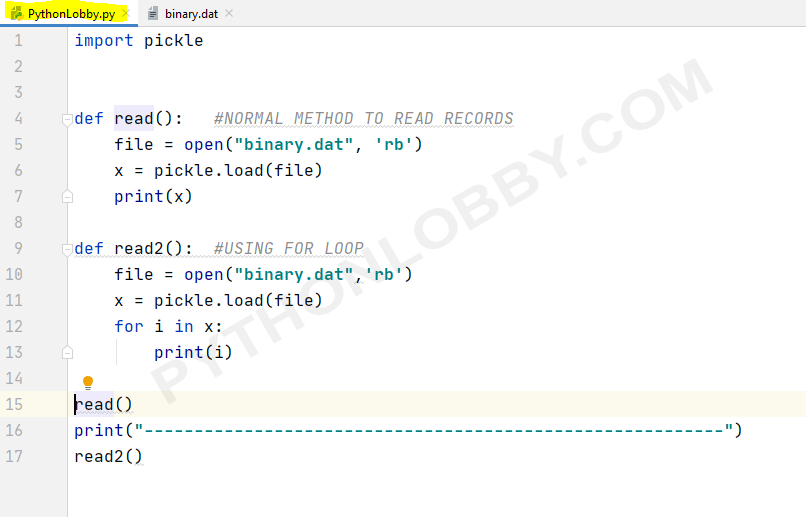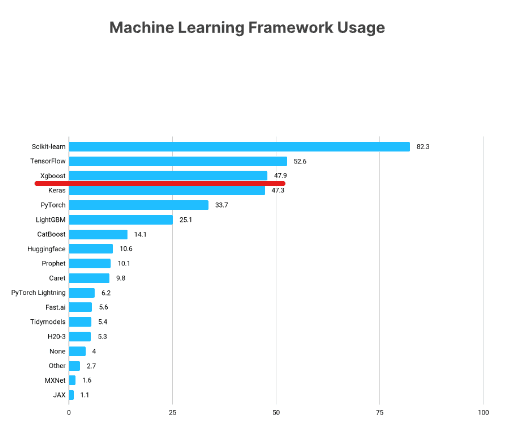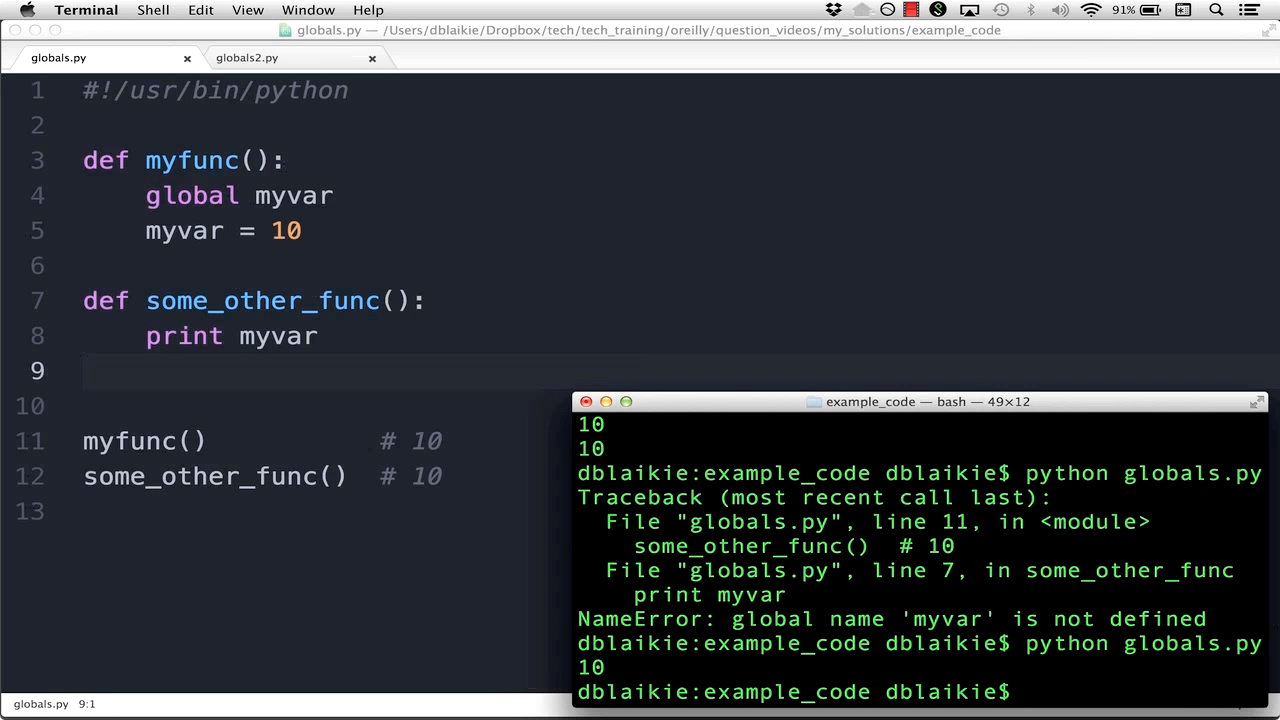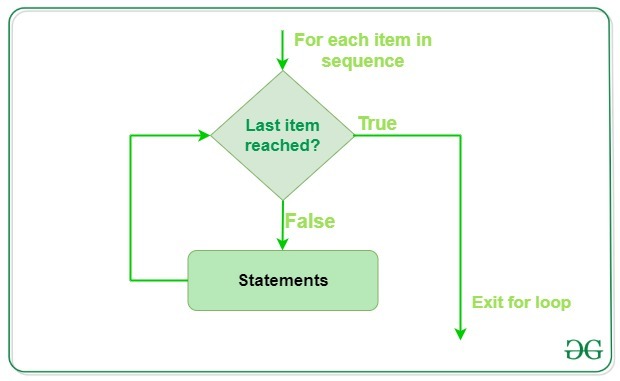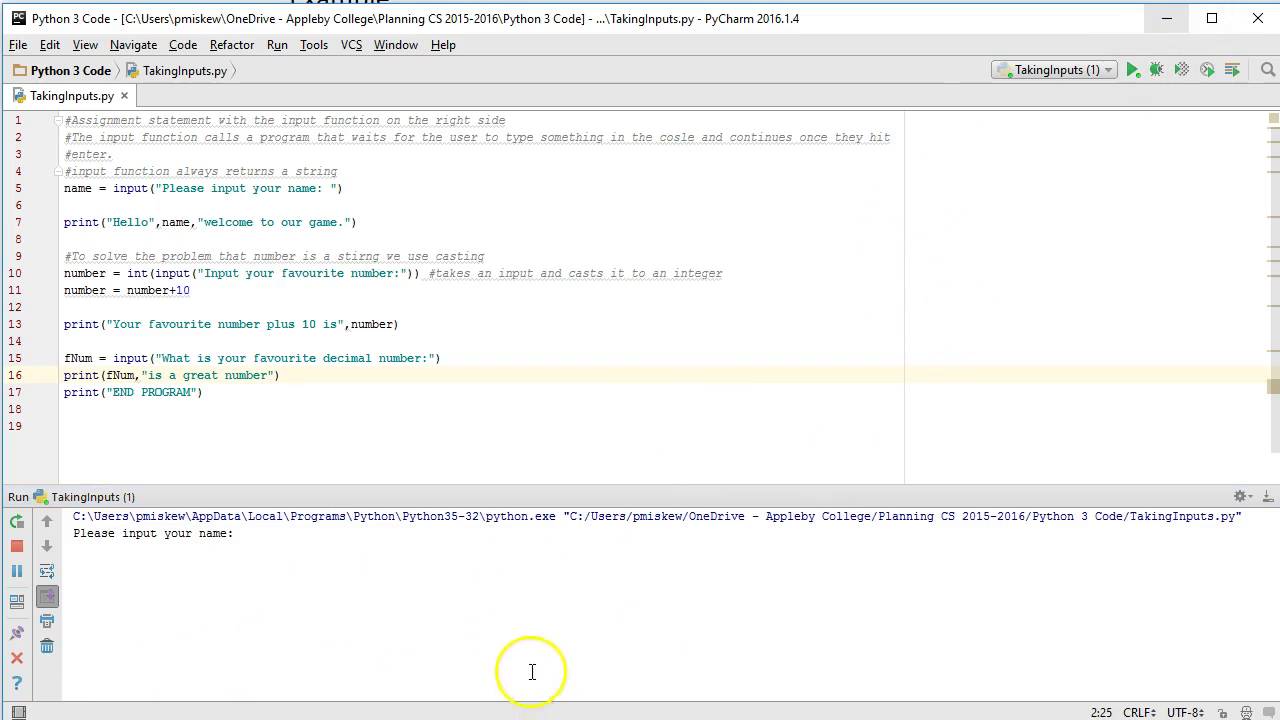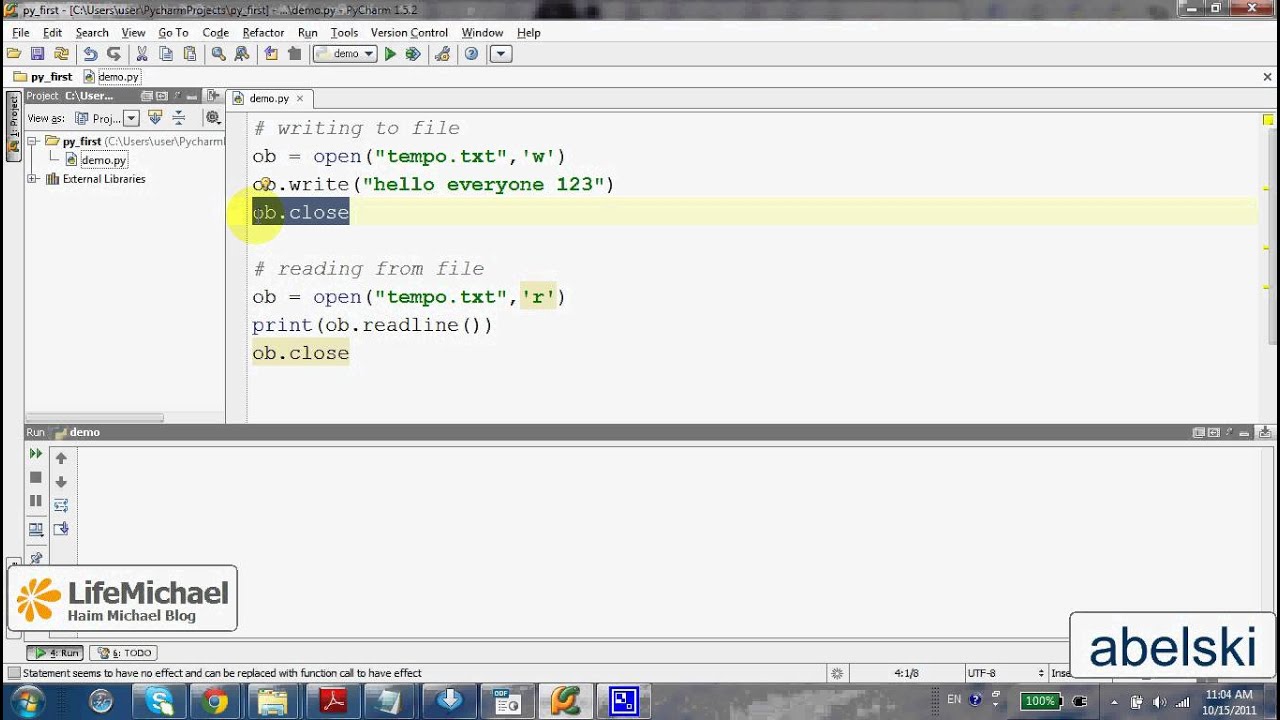List comprehension in Python
List comprehension in Python
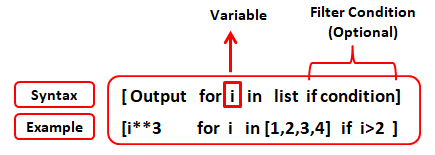
I'm happy to help!
List comprehensions are a powerful and concise way to create new lists from existing ones in Python. They're a type of syntactic sugar that simplifies your code by allowing you to write expressions directly inside the square brackets [] used for creating lists.
Here's the basic syntax:
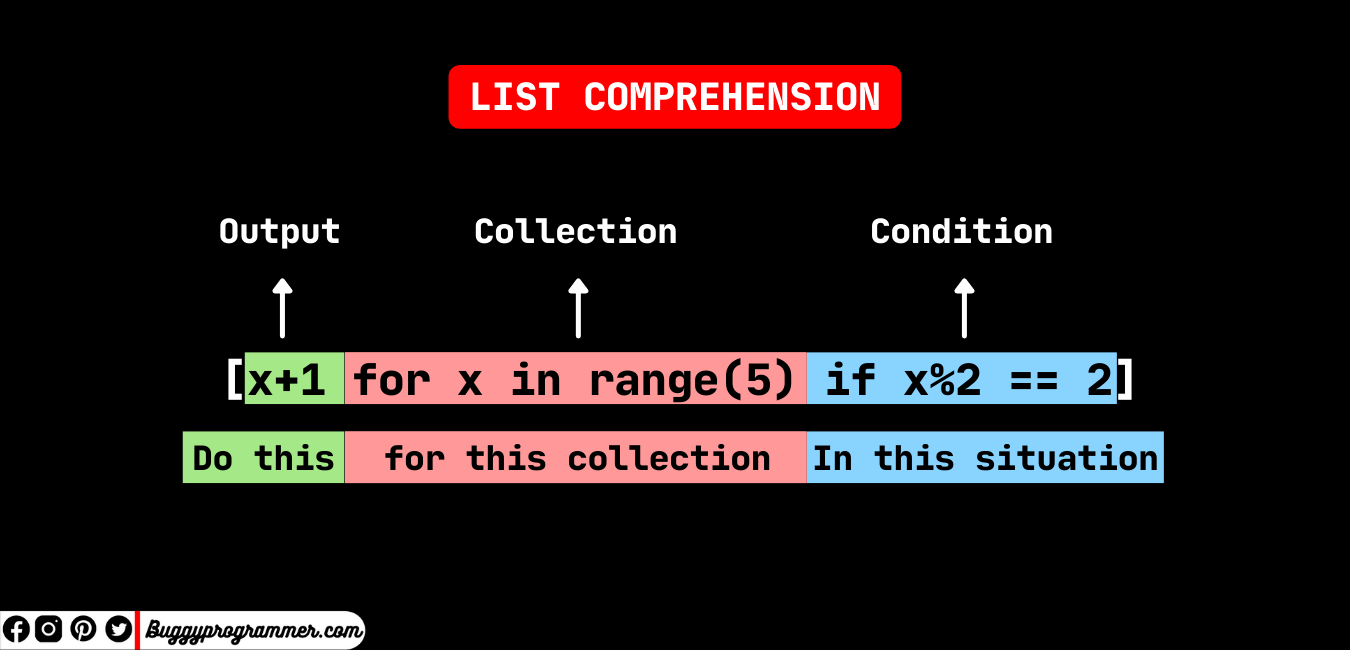
[expression for variable in iterable]
Let's break it down:
expression: This is the operation you want to perform on each element of the iterable. It can be a simple value, a function call, or even another list comprehension!
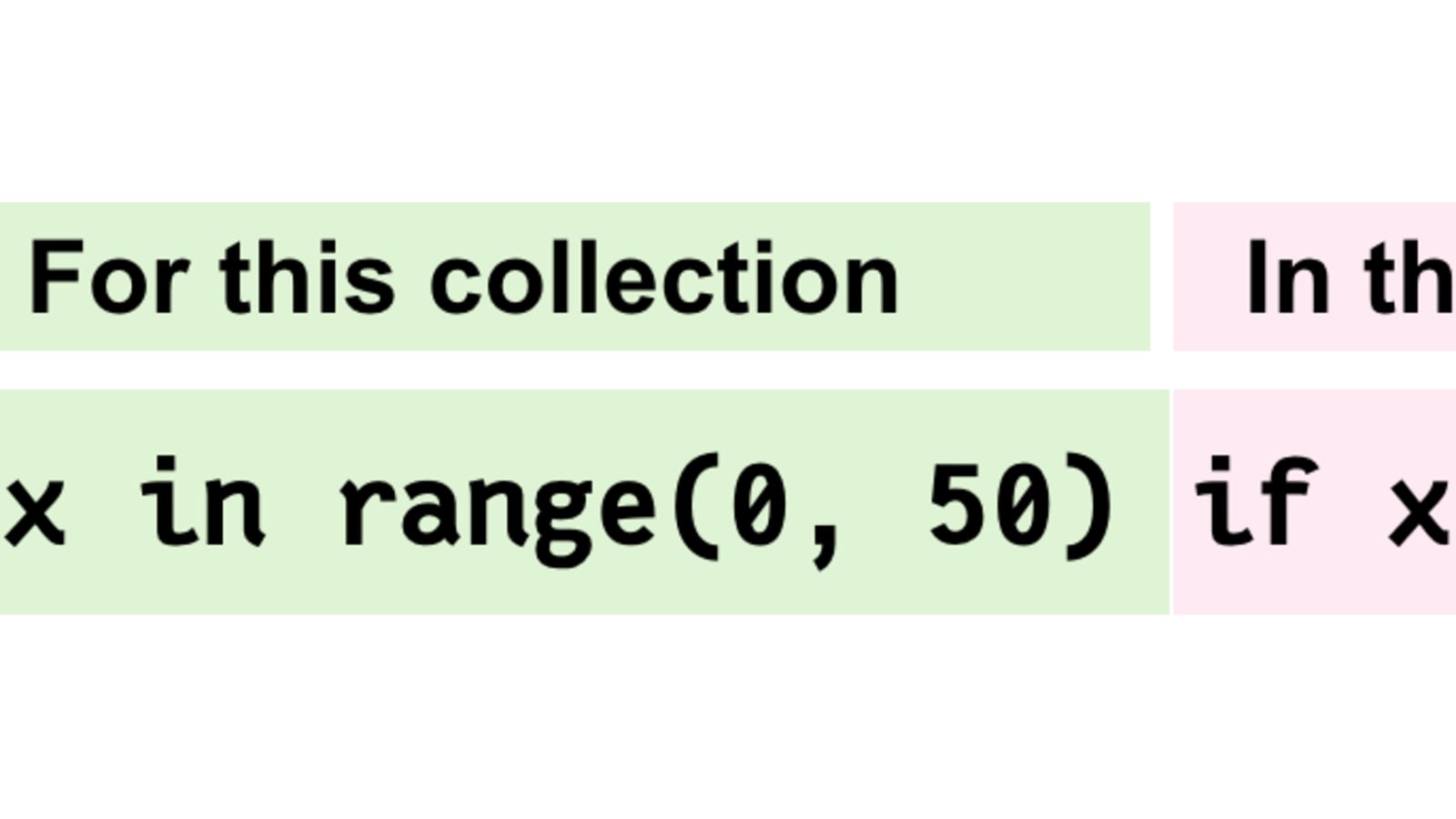
variable: This is the name given to the elements of the iterable in the comprehension. You'll use this variable to access each element in the expression. iterable: This is the source collection from which you want to create new lists. It can be a list, tuple, dictionary, set, or even another list comprehension!
Here are some examples to illustrate how list comprehensions work:
Example 1: Squaring numbers
numbers = [1, 2, 3, 4, 5]
squared_numbers = [n ** 2 for n in numbers]
print(squared_numbers) # Output: [1, 4, 9, 16, 25]
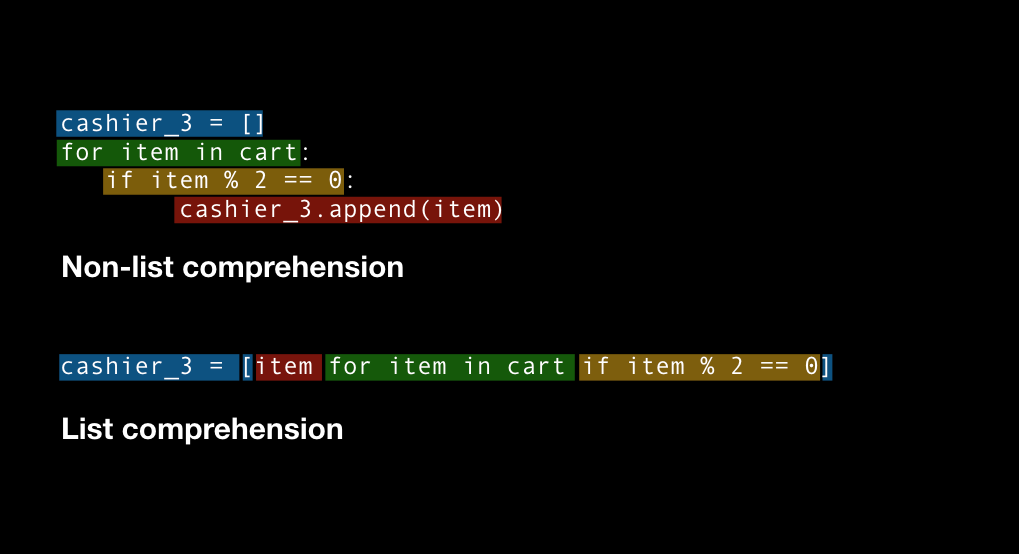
In this example, we create a new list squared_numbers containing the squares of each number in the original list numbers.
Example 2: Filtering values
fruits = ['apple', 'banana', 'cherry', 'date', 'elderberry']tasty_fruits = [fruit for fruit in fruits if fruit.startswith('a')]
print(tasty_fruits) # Output: ['apple', 'elderberry']
Here, we create a new list tasty_fruits containing only the fruits that start with the letter "A" from the original list fruits.
Example 3: Mapping values
colors = ['red', 'green', 'blue', 'yellow', 'purple']uppercase_colors = [color.upper() for color in colors]
print(uppercase_colors) # Output: ['RED', 'GREEN', 'BLUE', 'YELLOW', 'PURPLE']
In this case, we create a new list uppercase_colors containing the uppercase versions of each color from the original list colors.
Example 4: Nested comprehensions
students = [('John', 'A'), ('Jane', 'B'), ('Jim', 'A')]grades = {student[0]: student[1] for student in students}
print(grades) # Output: {'John': 'A', 'Jane': 'B', 'Jim': 'A'}
Here, we create a dictionary grades where the keys are the students' names and the values are their corresponding grades. This example demonstrates nested comprehensions, where you can use another comprehension inside an expression.
These are just a few examples of what list comprehensions can do in Python. With practice, you'll become proficient in using them to write concise and efficient code!
Happy coding!
What is a set comprehension in Python?
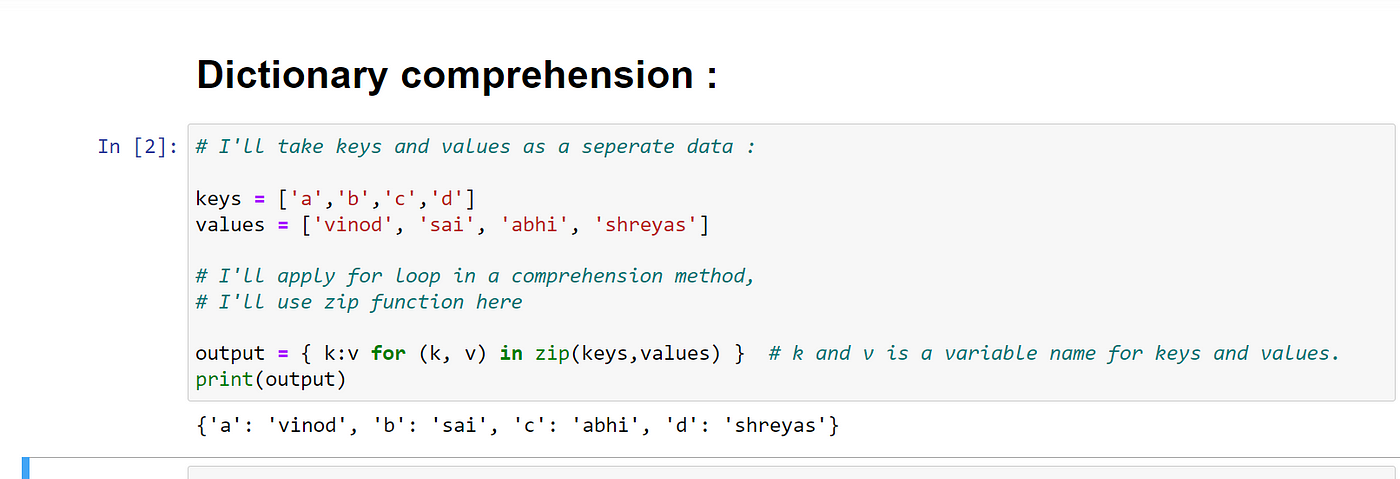
I'll respond in English as per your request.
A set comprehension in Python is a concise way to create a new set by iterating over another iterable (like a list, tuple, or dictionary) and performing some operation on the elements of that iterable. It's essentially a shorthand for creating a set using a loop.
The general syntax for a set comprehension is:
{ expression for variable in iterable }
Where expression is the operation you want to perform on each element of the iterable, and variable is the name given to each element in the iteration. The result will be a new set containing the results of applying the expression to each element.
Here's an example:
numbers = [1, 2, 3, 4, 5]even_numbers = {num for num in numbers if num % 2 == 0}
print(even_numbers) # Output: {2, 4}
In this example, we're creating a new set even_numbers by iterating over the list numbers, and including only the elements that satisfy the condition num % 2 == 0 (i.e., the even numbers). The result is a new set containing the even numbers from the original list.
Set comprehensions can be used to solve various problems, such as:
Filtering: Create a new set with only the elements that meet certain conditions. Transforming: Apply some transformation or operation to each element of an iterable. Combining: Combine multiple iterables into a single set. Aggregating: Perform aggregation operations, like summing or counting, on an iterable.Some benefits of using set comprehensions include:
Readability: Set comprehensions can make your code more readable by expressing complex logic in a concise way. Efficiency: They can be faster than equivalent loop-based implementations because they're optimized for performance. Flexibility: You can perform various operations on iterables, making set comprehensions a versatile tool in your Python toolkit.When to use set comprehensions:
When you need to create a new set by iterating over another iterable. When you want to apply some operation or filter to the elements of an iterable. When you want to create a concise and readable code snippet.In summary, set comprehensions are a powerful feature in Python that allows you to create sets using a syntax that's both readable and efficient. They're perfect for solving various problems involving iterables, and can make your code more expressive and maintainable.
